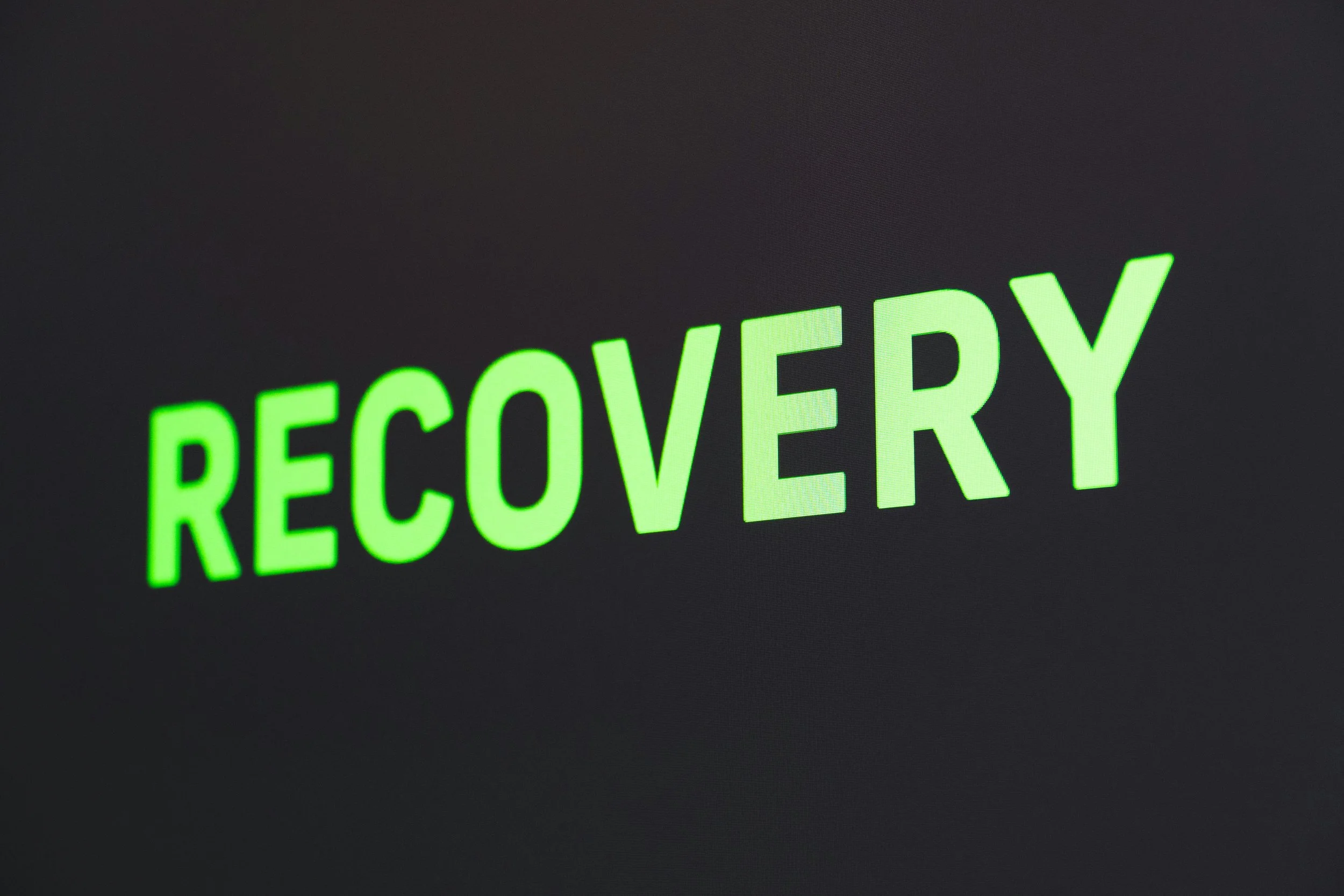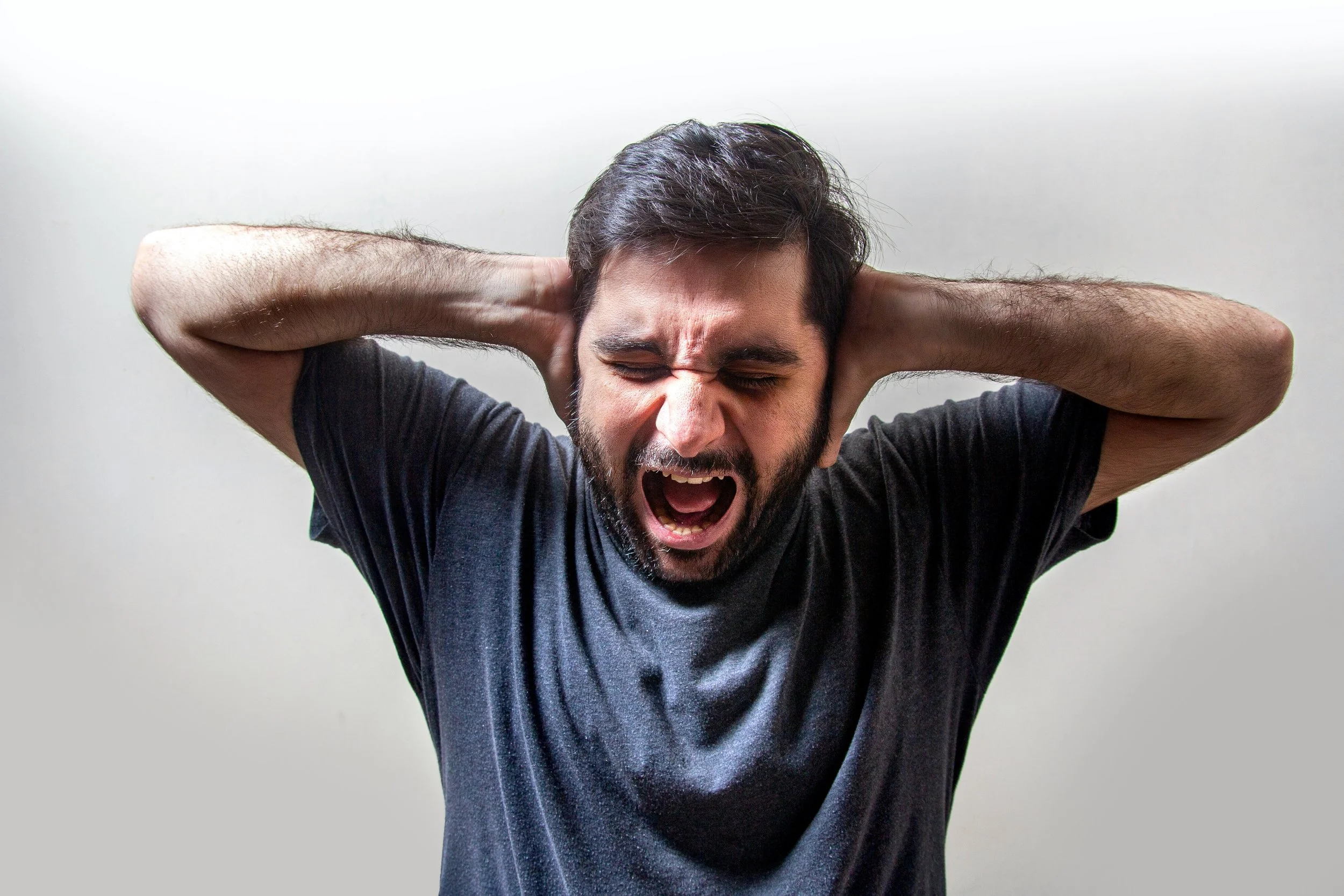Red Flags of Emotional Burnout During Recovery
Emotional burnout is something that doesn’t get much airtime. That’s no good because it usually comes as a somewhat life-changing transition no one warned you about; it happens during the precise periods when everything seems to be going as planned. Routines are followed, appointments are made, and progress is technically visible. Still, there appears to be a kind of slowdown somewhere underneath. You might start avoiding certain questions. Or notice that basic conversations now take more energy than they used to. This kind of exhaustion isn’t always met with immediate concern, especially if external behaviors remain stable. However, emotional burnout during recovery tends to accumulate over time, and without appropriate correction, it will start to change the tone of everything else.
What Is Emotional Burnout and How Common Is It During Recovery?
Unfortunately, emotional burnout is a pretty commonplace thing in recovery – especially in long-term programs or after the first few months, once the support structures have loosened and people are now expected to carry their own weight again.
At its root, emotional burnout is an erosion of emotional availability, not to others, but to oneself. It can start with a slight resistance to the ordinary emotional upkeep – things like checking in with feelings, sitting through discomfort, and staying present during therapy.
Recognizing Burnout in Recovery Before It Gets Mistaken for Relapse
The early stages of burnout might even look deceptively productive – people overcommit to recovery routines, agree to every check-in, and push themselves to be the ideal recovering person. But once the emotional resources start to drain, people may begin to pull away, sometimes without even realizing it. Burnout doesn’t necessarily mean someone’s doing poorly in recovery – it might, and it usually does mean they’ve been trying too hard without rest, without balance, and without emotional ventilation.
Luckily, professionals in treatment environments have been trained to notice these subtle changes, and it matters greatly that they can do this. That’s because there's a specific importance in recognizing the difference between burnout and depression, as the treatment approaches will differ, and one condition can mimic the other (depression, of course, is a more serious issue). Misreading the distinction between emotional exhaustion and clinical depression can lead to inappropriate care or missed support opportunities. Also, burnout can be misread as relapse risk or emotional resistance when it, in fact, might be a sign that the person needs to stop pushing and start resting, emotionally and mentally.
Burnout is common in recovery.
Red Flags of Emotional Burnout During Recovery
There’s no universal timeline for emotional exhaustion; its red flags often appear subtly in ways that many people recognize in themselves but rarely connect to a larger pattern.
You’re Feeling Easily Irritated or Numb
There’s a particular kind of tiredness that doesn’t make you want to sleep but instead pulls you away from caring about anything at all. And for someone in recovery, that might be a dangerous thing. What once felt manageable all of a sudden feels annoying; small demands feel like interruptions. That’s emotional depletion showing up as impatience or crankiness.
At the other end, there’s the flattening. Okay, so nothing feels especially bad, but nothing feels especially good either. People often mistake this numbness for inner peace simply because it causes no discomfort in its most literal sense. But apathy might lead to withdrawal.
You’re Feeling Angry
In recovery, anger doesn’t always show up like you’d imagine it would. Sometimes, it simmers low and steady, irritability at the structure, the rules, the conversations, and the recovery process itself. Anger management is no longer treated as a side topic. Instead, anger is a central part of recovery planning, and it’s often integrated across multiple sessions as a recurring therapeutic module.
People often expect sadness, maybe guilt, during recovery. But anger feels misfit. It disrupts the assumed storyline of healing. And yet, it’s often a first indicator that emotional reserves have worn thin and that the person is beginning to turn their distress outward.
Anger can be a sign of emotional burnout during recovery.
Your Mood’s Prone to Change
In most therapeutic spaces and environments, there’s the assumption that mood swings are part of the deal – and, well, they often are. But there are also traits that distinguish the mood changes of emotional burnout: their speed and aimlessness. A person will swing between irritation and sadness (or anxiety and apathy) within a single afternoon and still not be able to trace what’s triggering all these imbalances.
Here, we have an example of an emotional system trying to signal that it’s working too hard. The unpredictability becomes its own stressor, and people start to avoid emotional engagement altogether because they don’t trust what might be coming next.
You’re Feeling Detached, Alienated
This one often shows up last. And when it does, it can be easily misread as progress – people pulling away from support groups, claiming they’re fine on their own, isolating under the guise of good old self-reliance. People might stop answering texts from people they once confided in. Meetings feel draining. The structure they once depended on now feels all too mechanical. They might say they’re just tired of talking, but what they actually mean is that talking no longer brings any emotional return. To feel alienated is no decision. It starts as a drift, and if left unchecked, it can lead a person far from the support systems that are keeping them steady.
Why Mid-Recovery Burnout Often Goes Unnoticed—and Why That’s a Problem
In recovery, where attention often goes to behavioral progress or relapse prevention, the deeply internal experience can get sidelined. That’s part of why it’s so important to recognize and name what emotional burnout feels like. The middle of any recovery program – past the initial urgency, before the long-term stability – can be the exact window when emotional burnout sets in.
It often coincides with fewer check-ins, fewer interventions, and greater expectations for independence. That’s where support matters most and where the symptoms of burnout if left unrecognized, might compromise the emotional stability needed for long-term recovery.
The Subtle Weight of Emotional Burnout
By the time emotional burnout during recovery has become visible, it’s usually been there, developing for weeks. Recovery plans should build in rest, both physical and emotional. That includes time without structure, conversations without purpose, and connection without goals. When someone feels tired but can’t name why, it helps to ask what they’ve been carrying emotionally and when they last felt connected to themselves, not just their goals. Spotting the signs early gives people a better chance to stay grounded, connected, and supported in recovery.


